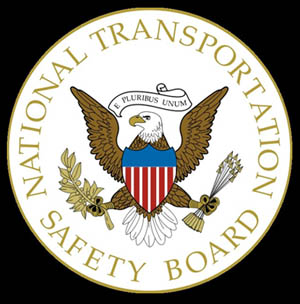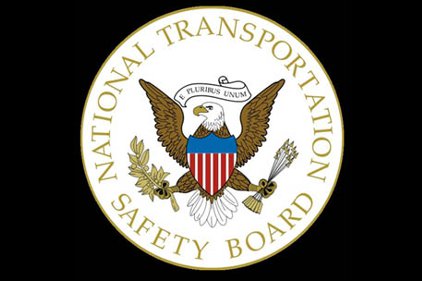 A pilot’s decision to depart on a mission despite a critically low fuel level as well as his inability to perform a crucial flight maneuver following the engine flameout from fuel exhaustion was the probable cause of an emergency medical services helicopter accident that killed four in Missouri, the National Transportation Safety Board (NTSB) said yesterday.
A pilot’s decision to depart on a mission despite a critically low fuel level as well as his inability to perform a crucial flight maneuver following the engine flameout from fuel exhaustion was the probable cause of an emergency medical services helicopter accident that killed four in Missouri, the National Transportation Safety Board (NTSB) said yesterday.
“This accident, like so many others we’ve investigated, comes down to one of the most crucial and time-honored aspects of safe flight: good decision making,” said NTSB Chairman Deborah A.P. Hersman.
On August 26, 2011, at about 6:41 pm CDT, a Eurocopter AS350 B2 helicopter operated by Air Methods on an EMS mission crashed following a loss of engine power as a result of fuel exhaustion a mile from an airport in Mosby, Missouri. The pilot, flight nurse, flight paramedic and patient were killed, and the helicopter was substantially damaged.
At about 5:20 pm, the EMS operator, located in St. Joseph, Mo., accepted a mission to transport a patient from a hospital in Bethany, Mo., to a hospital 62 miles away in Liberty, Mo. The helicopter departed its base less than 10 minutes later to pick up the patient at the first hospital. Shortly after departing, the pilot reported back to the company that he had two hours’ worth of fuel onboard.
After reaching the first hospital, the pilot called the company’s communication center and indicated that he actually had only about half the amount of fuel (Jet-A) that he had reported earlier, and that he would need to obtain fuel in order to complete the next flight leg to the destination hospital.
Helicopter ran out of fuel within sight of airport
Even though the helicopter had only about 30 minutes of fuel remaining and the closest fueling station along the route of flight was at an airport about 30 minutes away, the pilot elected to continue the mission. He departed the first hospital with crew members and a patient in an attempt to reach the airport to refuel.
The helicopter ran out of fuel and the engine lost power within sight of the airport. The helicopter crashed after the pilot failed to make the flight control inputs necessary to enter an autorotation, an emergency flight maneuver that must be performed within about two seconds of the loss of engine power in order to execute a safe emergency landing. The investigation found that the autorotation training the pilot received was not representative of an actual engine failure at cruise speed, which likely contributed to his failure to successfully execute the maneuver.
Further, a review of helicopter training resources suggested that the accident pilot may not have been aware of the specific control inputs needed to successfully enter an autorotation at cruise speed. The NTSB concluded that because of a lack of specific guidance in Federal Aviation Administration training materials, many other helicopter pilots may also be unaware of the specific actions required within seconds of losing engine power and recommended that FAA revise its training materials to convey this information.
Texting and personal phone calls a source of distraction
An examination of cell phone records showed that the pilot had made and received multiple personal calls and text messages throughout the afternoon while the helicopter was being inspected and prepared for flight, during the flight to the first hospital, while he was on the helipad at the hospital making mission-critical decisions about continuing or delaying the flight due to the fuel situation, and during the accident flight.
While there was no evidence that the pilot was using his cell phone when the flameout occurred, the NTSB said that the texting and calls, including those that occurred before and between flights, were a source of distraction that likely contributed to errors and poor decision-making.
“This investigation highlighted what is a growing concern across transportation – distraction and the myth of multi-tasking,” said Hersman. “When operating heavy machinery, whether it’s a personal vehicle or an emergency medical services helicopter, the focus must be on the task at hand: safe transportation.”
The NTSB cited four factors as contributing to the accident: distracted attention due to texting, fatigue, the operator’s lack of policy requiring that a flight operations specialist be notified of abnormal fuel situations, and the lack of realistic training for entering an autorotation at cruise airspeed.
The NTSB made a nine safety recommendations to the FAA and Air Methods Corporation and reiterated three previously issued recommendations to the FAA.
A synopsis of the NTSB report, including the probable cause, findings and a complete list of the safety recommendations, is available at http://go.usa.gov/TxYT. The full report will be available on the website in several weeks.


